|
PLEASE NOTE! All content and information on this website is for informational and educational purposes only and does not constitute medical advice. The information presented here is not a substitute for any kind of medical advice, and you should not solely rely on this information. Always consult a professional in the area of your particular needs and circumstances prior to making any medical decisions. Introduction Calendula, Lavender, Echinacea - all flowers that we consider today to be healing power houses. These ideologies draw on traditional knowledge and cultural practices passed down from generation to generation. Throughout history, people from all over the world have turned to locally available plants as a primary source of healing, using their unique characteristics to prevent, alleviate, or treat various physical and mental ailments. Indeed, many of the modern drugs of today have been discovered by isolating the bio-active compounds found in these plants that show medicinal effects - not only from flowers, but also from the roots, leaves, bark, etc. An incredibly significant connection is found between humans and the natural world. Ancient civilizations often integrated herbal remedies into spiritual, religious and cultural practices. Traditional medicine of the eastern world, and their holistic approach to health and wellness, has relied on plant-based systems for thousands of years. Monasteries of the Middle Ages cultivated extensive medicinal gardens and documented the healing properties of plants. The Age of Exploration and the subsequent Colonial Era presented the opportunity of a worldwide exchange of indigenous plants and plant knowledge around the globe, that continues today. All of these examples show an important, ongoing, interconnection of the human body with nature and the environment. Plants also hold many symbolic values and are believed to possess spiritual as well as medicinal properties. Nicholas Culpeper of the 1600's defines plants by both their healing uses and their astrological positions among the planets and the moon in his The English Physitian: An Astrologo-Physical Discourse of the Vulgar Herbs of this Nation. A very interesting read, the cover states the following, which implies the significance of utilizing that which is found in local, natural surroundings: Being a Compleat Method of Physick, whereby a man may preserve his Body in Health; or cure himself, being sick, for three pence charge, with such things only as grow in England, they being most fit for English Bodies. The Science Behind Flower Healing Flowers contain a variety of bio-active compounds that contribute to their therapeutic properties. They work synergistically to promote healing and wellness. Some of the key bio-active compounds that can be found in flowers include:
Edible flowers have long been used in folk remedies, and recent studies have supported these traditional health benefits, revealing their rich composition in bio-active compounds and their correlation to functional properties. Scientific research on the topic of the therapeutic benefits of flowers is vast and ongoing, important for our evolving understanding of both historical and modern relationships we have with the natural world. Much of the newer research revolves around edible flowers, nutraceuticals and various qualities of particular interest today, such as antioxidant activity which is touted as aiding in the combat of diseases such as cancer. Something to take note of is that while many flowers are edible, some are extremely toxic to humans or other animals and there are quite a few that land in the middle of this range which can be tolerated in small amounts. This being said, the expertise and guidance of a certified herbalist is advised when using flowers in natural healing. Also, take into account that only a small percentage of edible flowers have been subjected to modern day research, and more studies are required so that we may efficiently use them medicinally and know their full benefits and side effects. Types of Healing Flowers With the modern rise in the use of essential oils and companies such as Young Living or Doterra educating the public on their uses, the healing properties of flowers is relatively common knowledge in today's world. Here follows some of Young Living's descriptions of the benefits of these floral essential oils.
Dr. Edward Bach (1930's), which we will discuss in more detail below, describes his healing remedies a bit differently. While Young Living plays to the desired result the essential oil will bring to you, Bach recognizes a state of a person's being that may be overbearing and subsequently matches a flower essence to this in order to help remedy the disorder or ailment. This is a longer list, hopefully not too tedious, but there are some interesting "conditions' amongst his descriptions. This list is paraphrased and abridged so as to shorten as much as possible.
* The Complete Book of Essential Oils and Aromatherapy by Valerie Ann Worwood (published 1991) starts her book off with this WARNING: "Not all natural plant products are beneficial to health. Deadly nightshade can be poisonous and stinging nettles sting. The following essential oils should NOT be used under any circumstances." (Note that some of these have been mentioned above). Again, I urge anyone wishing to pursue using natural products as a remedy to consult certified herbalists before doing so.
PLEASE NOTE! All content and information on this website is for informational and educational purposes only and does not constitute medical advice. The information presented here is not a substitute for any kind of medical advice, and you should not solely rely on this information. Always consult a professional in the area of your particular needs and circumstances prior to making any medical decisions.
|
Essential Oils
| Fragrance Oils
|
Most of the essential oil varieties tend to be more earthy in scent than floral, and some on that list may not be what you would consider a floral at all, such as Sweet Orange. All of this depends on how the scent is extracted from the plant, at least in the case of the essential oils. Fragrance oils are typically more chemically derived, using ingredients that are more akin to perfumes.
Conclusion
In recent years, there has been a resurgence of interest in herbal medicine and natural healing modalities. This revival reflects a growing awareness of the limitations and side effects of conventional modern medicine, as well as a desire for us humans to reconnect with nature and traditional knowledge that's threatened of being lost.
I hope that this post has provided you with some knowledge you didn't have before and inspiration to bring the healing properties of flowers into your life more fully.
I hope that this post has provided you with some knowledge you didn't have before and inspiration to bring the healing properties of flowers into your life more fully.
PLEASE NOTE! All content and information on this website is for informational and educational purposes only and does not constitute medical advice. The information presented here is not a substitute for any kind of medical advice, and you should not solely rely on this information. Always consult a professional in the area of your particular needs and circumstances prior to making any medical decisions.
References
The English Physitian: An Astrologo-Physical Discourse of the Vulgar Herbs of this Nation, Nicholas Culpeper, Peter Cole Printing Press Cornhil London, 1652
https://www.verywellhealth.com/flavonoids-5209844
Margida Teixeira, et al, Anthocyanin-rich edible flowers, current understanding of a potential new trend in dietary patterns., Trends in Food Science & Technology, Volume 138, August 2023, pages 708-725
Tania C.S. et al, Edible flowers: emerging components in the diet, Trends in Food Science & Technology, Volume 93, October 2019, Pages 244-258
Qi Chen et al, Edible flowers as functional raw materials: A review on anti-aging properties, Trends in Food Science & Technology, Volume 106, September 2020, Pages 30-47
Jameel M Al-Khayri et al, Flavonoids as Potential Anti-Inflammatory Molecules: A Review, Molecules, 2022 May; 27(9):2901
Ayu Masyita, et al, Terpenese and terpenoids as main bioactive compounds of essential oils, their roles in human health and potential application as natural food preservatives, Food Chem X, 2022 Mar 30, Vol 13
https://coffeeaffection.com/where -does-caffeine-come-from/
Cristian Dima et al, Essential oils in foods: extraction, stabilization and toxicity, Current Opinion in Food Science, Volume 5, 2015, Pages 29-35
The Complete Book of Essential Oils & Aromatherapy, Valerie Ann Worwood, 1991, New World Library, Canada
https://sownsow.com/a-complete-guide-to-20-edible-flowers/
https://www.bachcentre.com/en/remedies/the-38-remedies/
The Twelve Healers and Other Remedies, Edward Bach, 1936, CW Daniel
2 Comments
...can be INCREDIBLY confusing!
So...let's talk about ingredients. What are they? Where do they come from? Are they beneficial? Are they safe? Do their supposed properties translate into the final product? There are so many questions that have evolved over the years - both in the media and in my personal experiences - and I'd like to explore them.
So...let's talk about ingredients. What are they? Where do they come from? Are they beneficial? Are they safe? Do their supposed properties translate into the final product? There are so many questions that have evolved over the years - both in the media and in my personal experiences - and I'd like to explore them.
My desire to do this stems from several thoughts and considerations.
I want to live the healthiest life I can, while still being ME. So, I read ingredient labels for not only foods my family eats, but also for personal care products, cosmetics, clothing I wear etc. This activity even overflows into things that most don't think about and may seem quite apart from your personal body, things we take advantage of - such as sources of these items, gardening techniques or even the quality of the air we breathe.
The world is always evolving and recent technology has brought about situations in our world that our ancestors could never have dreamed of. How are these technologies, and the decisions made about them by "the powers that be", affect our quality of life and our health? I feel that this blog will expand and grow over time, but for the moment, its purpose is to...
I want to live the healthiest life I can, while still being ME. So, I read ingredient labels for not only foods my family eats, but also for personal care products, cosmetics, clothing I wear etc. This activity even overflows into things that most don't think about and may seem quite apart from your personal body, things we take advantage of - such as sources of these items, gardening techniques or even the quality of the air we breathe.
The world is always evolving and recent technology has brought about situations in our world that our ancestors could never have dreamed of. How are these technologies, and the decisions made about them by "the powers that be", affect our quality of life and our health? I feel that this blog will expand and grow over time, but for the moment, its purpose is to...
- Share information that I have learned over the years
- Answer questions others may have about ingredients they find in products they use
- Continue along my personal journey of discovering what I feel comfortable with exposing my body to
- Make informed decisions on what I will or will not add when creating my products
- Create a community of like-minded people who also want to be so informed
- Provide a resource for people to access and share with others
- Encourage "informed consumerism" throughout the world
I encourage this to be a space of inquiry and discussion. Your comments, questions and concerns would be highly valued by me and the greater community as a whole.
Let's dive deep into this aspect of the personal product world and help to create a healthier, more informed base of consumers!
Details
Author
Taralyn Towers, ASC Soapworks, llc
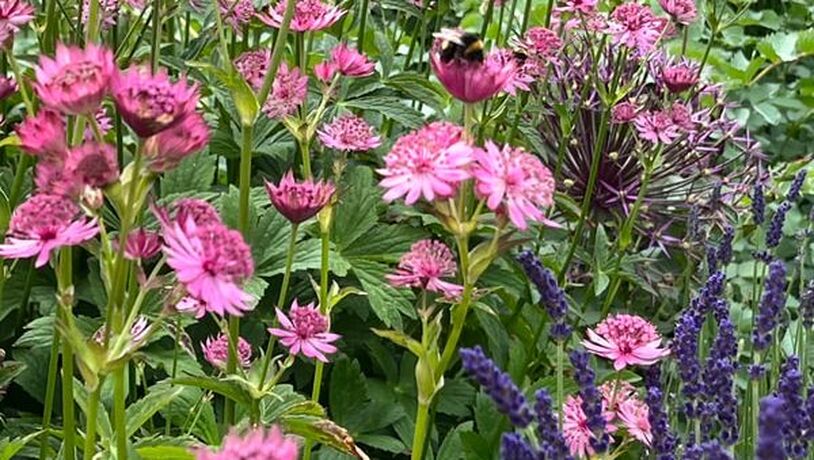

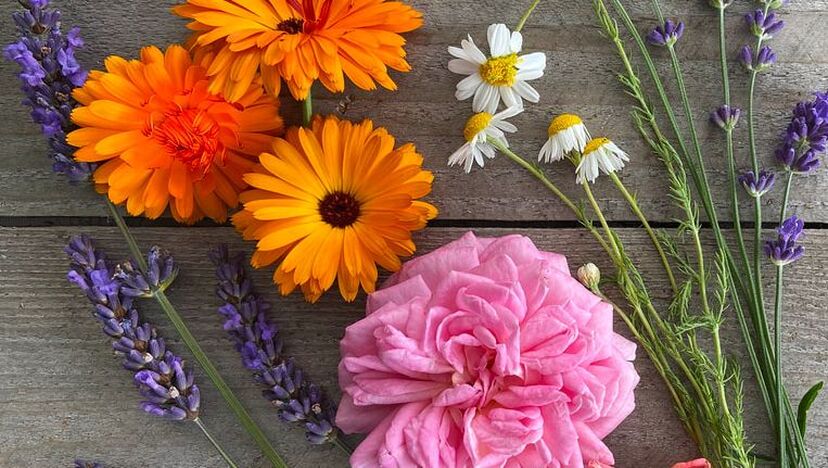
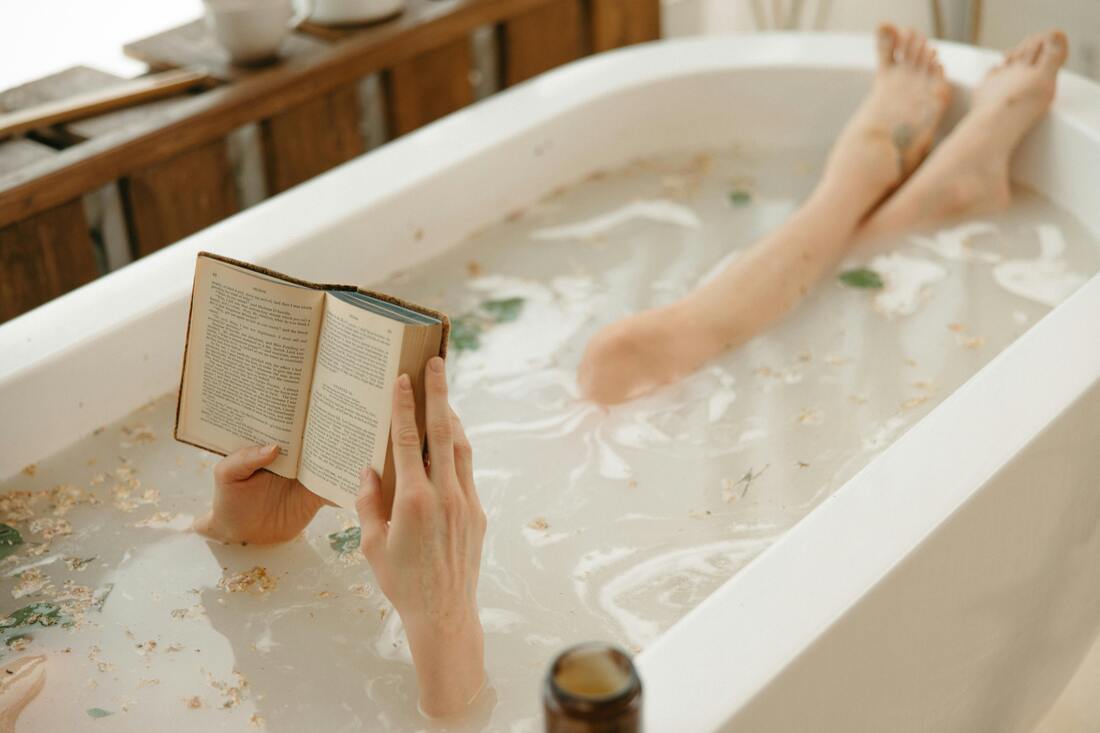



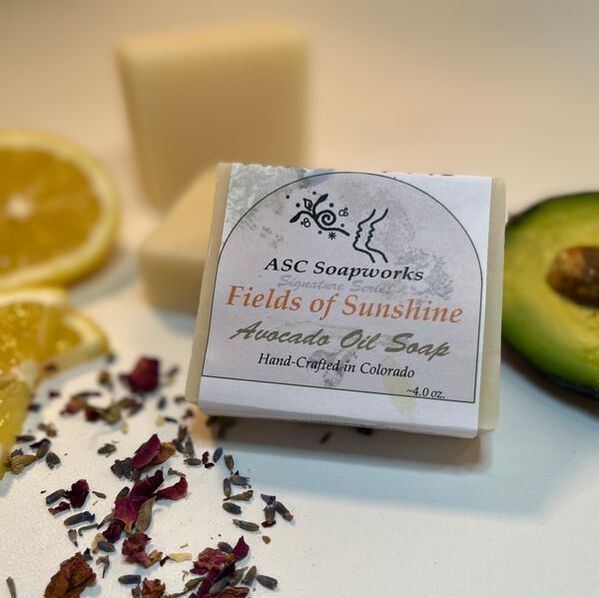

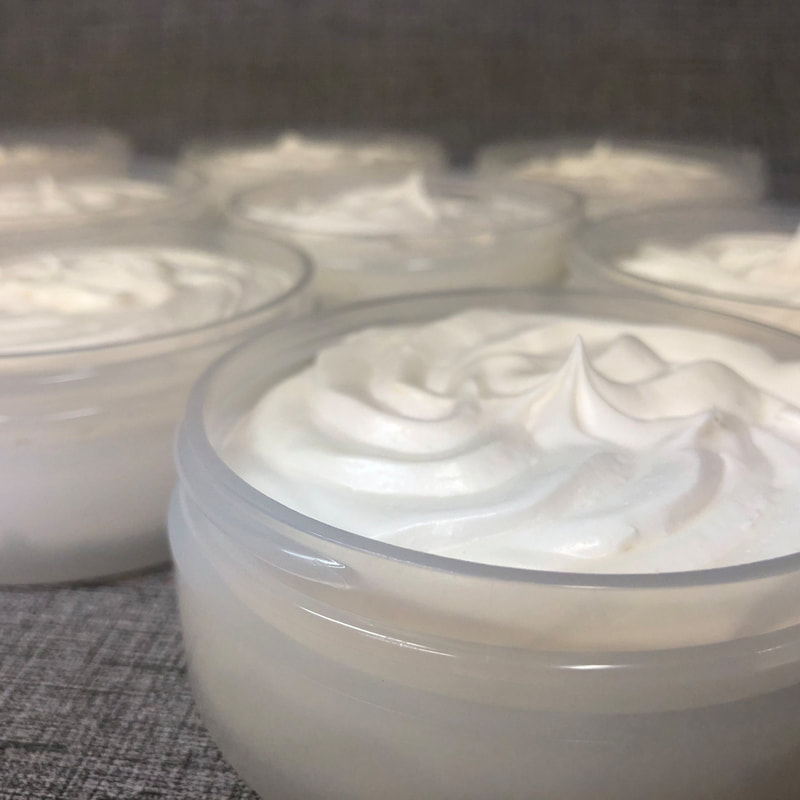


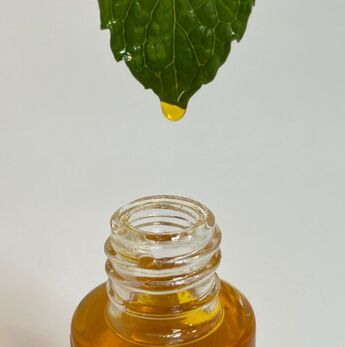
 RSS Feed
RSS Feed

